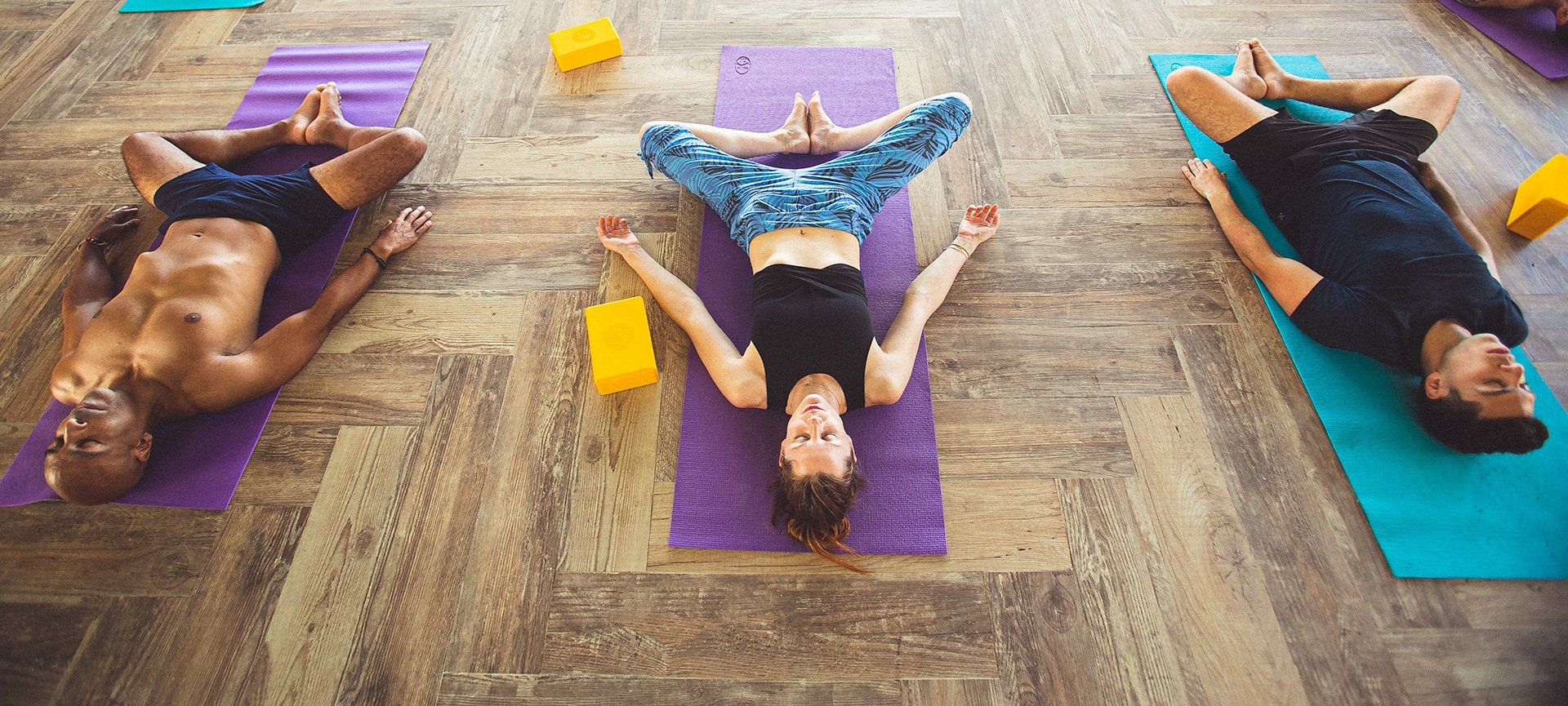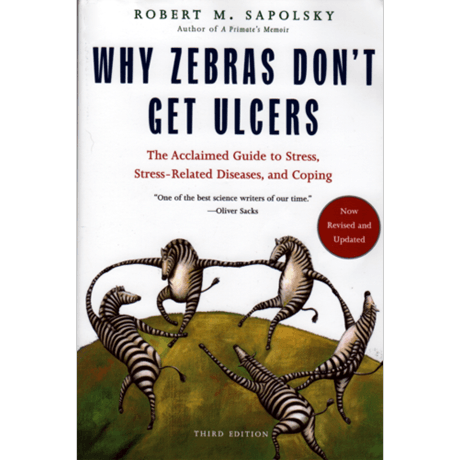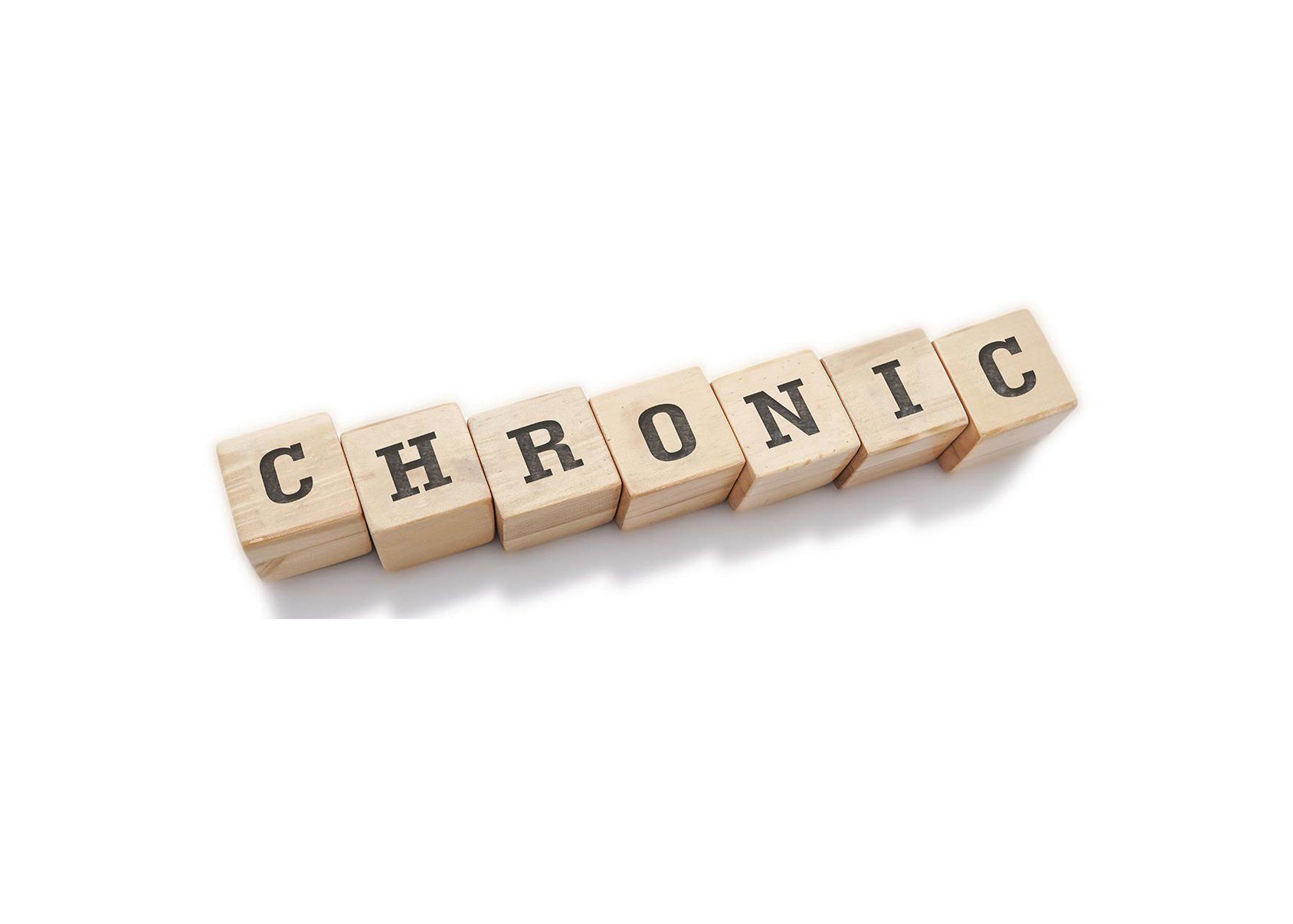Stress - How bad is it really?
No one loves stress. Or do we? With that deadline in sight it’s all of the sudden a lot easier to motivate yourself, and when you bust your ass all day you'll feel good at night about your super productive day. Feels great, right?! How bad can a little bit of stress possibly be?
Let me explain. Stress won’t do a zebra harm at all, you on the other hand can get ulcers from it. Ever heard of a zebra with an ulcer? Then what is the difference between the stress of an animal and your stress? A terrific ability to anticipate. A zebra in the wild will worry about its next survival threat when that threat is actually already lurking a few meters away from him, ready to attack. You and I on the other hand, have an incredible talent for imagination. We see threats in every corner and take them that serious as if they actually endanger our survival. After all, what if your boss won’t like your presentation? You might lose your job, and imagine that consequently you can’t pay your mortgage anymore! Or what if you haven't controlled every single detail of your wedding day and it won’t turn out to be just absolutely perfect?! (For real, weddings are in the top 10 biggest stress factors).
We humans anticipate stressors, on the contrary to animals who only experience stress when the stressor is actually present, and because of that anticipation human beings as a unique species experience prolonged periods of stress. You might have heard the anecdote before: the zebra gets attacked (stressor) and within a few minutes the zebra has either managed to escape, or (unfortunately) it’s end of story all together. In both cases, stress is finished. Our stress on the other hand, the idea of a possibility that a stressor will occur, can keep us awake for hours at night. What exactly happens in our body while we’re worrying until the early hours?
As stressors were originally acute survival threats, the stress response in our body is such that it brings you in the optimal state to 'fight or flight'. Your adrenaline is running through your veins, you become more alert, your digestive activity decreases, your heart rate increases, your cortisol levels increase so that your body and brain have more glucose (energy) readily available and even your immune system heightens to repair any possible damage coming from the threat.
Apart from that decrease in digestive activity maybe, this all doesn’t sound too bad, right? With that extra glucose and adrenaline you sure will finish that presentation in time and with a heightened immune system you don’t even have to worry about the next flu catching you.
Normally, these stress responses would return back to baseline after 30 min (after all, the survival threat would have passed by then). However, your mortgage is still running for another 20 years, so your stress will last a little longer than 30 minutes. And this is exactly where it goes wrong for us. As long as your stress lasts, your heart rate will stay elevated, with all its corresponding consequences. And that heightened immune system? That doesn’t only go back to baseline after 30 minutes; your ongoing stress will cause an actual decrease in activity of your immune system. Your previously heightened systems will now become exhausted instead. Your immune system can decrease in activity up to 40-70%!
High blood pressure, exhausted stress hormones and a suppressed immune system. What does this specifically mean? Consequences can surface in many different ways. Let’s look at the body’s normal functioning first. Our body has built itself from two cells only, so we can assume that it knows like no one else how to repair itself as well. And so this is what it does continuously; day in day out it’s occupied with eliminating potential cancer cells, detecting invading diseases, balancing our hormones. It’s doing so optimally when we’re nicely relaxt, when it’s not ready to fight or flight acute survival emergencies.
Now you can imagine that when your balance between stress and relaxation is off, spending too much time activating the stress response, your body will simply not have enough time and resources to perform its daily tasks of healing itself from minor daily damages. If this lasts a few days, no problem. But is your balance off for weeks/months/years, then the damage could accumulate substantially. Your hormones get out of balance, potential cells can develop into cancer, infections can enter your body without being detected in time, etc. There's an endless list of ailments that longterm stress can cause which you might not straight away have associated together. Acne, increased feelings of anxiety, unexplainable digestive issues, frequent urination, decolorization / hyper pigmentation of the skin, ringing in the ears, sexual problems, having a hard time making decisions, stomach aches, hyper alertness… the list goes on and on.
In short, a stressful deadline every now and then isn’t that bad for your health at all. Even better, the famous neurologist Victor Frankl described in his book ‘Man’s search for meaning’ how tensions, strivings and struggles can be something positive to give us a feeling of fulfillment in life (provided that these struggles are to obtain a valuable goal!). Important however, is to listen your body. I always say your body will start with a soft whisper; it will very subtly let you know when it’s spending too much time in stress mode. Not only by keeping you awake at night with worrying thoughts, but also by physical discomforts. Headaches, stomach aches, dizziness, etc. You might even end up with an ulcer, or your arteries start to slip. Go to your doctor and seek medical treatment for your symptoms, but don’t forget to, parallel to your medical treatment, work on eliminating the root cause. Because if you don’t change your lifestyle, the medicine might take the ulcer away, but your body is still spending too much time in stress mode. If you keep on going the way you did, your body will start to send off stronger and stronger signals (physical ailments are increasing), and one day you could find yourself confronted with serious health consequences. A quick worst-case scenario example: that ulcer can develop into stomach cancer, and those slipped arteries can cause a heart attack.
But it doesn’t have to get that far! (Side note: this does NOT mean that these types of diseases are solely or always (partially) caused by stress. Be careful with jumping to conclusions too quickly).
So don’t keep on busting and stressing until your body needs to scream at you to make you radically stop what you were doing and relax, but try to listen to the subtle messages behind the what often seem like ‘innocent’ physical ailments. Your body is not being difficult, it’s just trying to fulfill it’s most important task of keeping you healthy!
Want to get to know more about stress in a light-hearted way? Read ‘Why zebras don’t get ulcers’ from Robert Sapolsky.
Share this blog post
About the author
Alexandra has a Bachelor degree in Psychology and a Master degree in Neuroscience. After having worked in the research field of Healthy Aging at the Free University (VU) in Amsterdam, she left the academic world behind and has lived in Nicaragua ever since. For the past years, she's been working in Nicaragua as a yoga teacher and Thai massage therapist, organizes intensive health retreats and is currently working as an online (health) coach. Apart from welcoming many tourists in her studio, she focuses on contributing to the health consciousness within the local community. She organizes health weeks, and gives free yoga classes, therapeutic massages and health consults to local Nicaraguan people who cannot otherwise afford it.
Curious about more scientific discoveries on the influence of our psychological state of mind on physical health?
Sign up via the button above to receive these monthly blog posts directly to your inbox



